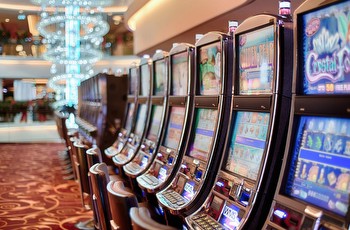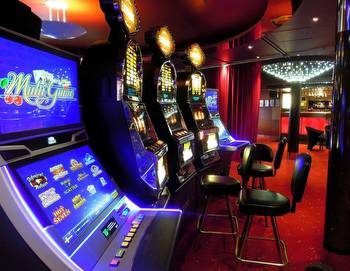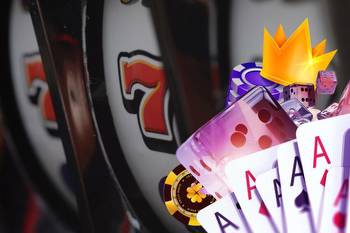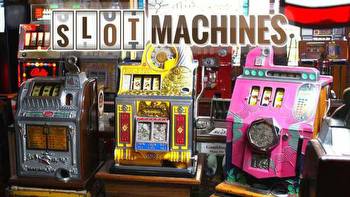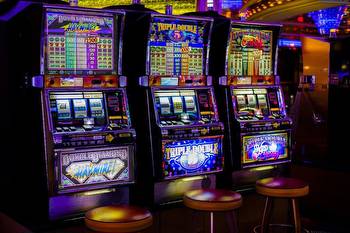Slot Machine and its Evolution in Casinos
 The start of the internet era perhaps gave slot machines the greatest important boost to their prominence, as the physical limits of land-based games were completely eliminated once the first casino sites appeared in the 1990s.
The start of the internet era perhaps gave slot machines the greatest important boost to their prominence, as the physical limits of land-based games were completely eliminated once the first casino sites appeared in the 1990s.
FREMONT, CA: Slot machines have been around for more than a century, and the technology that powers them has evolved dramatically during that time, to the point where players of the oldest instances would be perplexed by modern analogs.
While today's websites provide all-digital slots that can be played from anywhere using a smartphone, the earliest games of this type were fully mechanical when they were invented in the late 1800s. A business produced the first product that we would know as a slot machine in New York City; however, it was unsurprisingly basic in terms of functionality. Players would pull a lever, and the machine's five drums would spin, revealing a randomized poker hand.
If the player were lucky, their hand would win a prize, which the owner of the institution where the machine was kept would have to hand over. The largest prize offered at first was about 50 dollars, but as mechanical slot machines increased in popularity over the decades, greater jackpots became increasingly common. This sparked interest in a new type of machine that could automate payouts, prompting inventor Charles Fey to enter the fray with his own automatic slot machine, which featured three rather than five reels.
Electronic Renovation
Mechanical slot machines grew like wildfire once they were introduced, acquiring a stronghold in North America and many other regions of the world. However, progress slowed for an extended period, and it was not until the 1960s that the first model with a fully electromechanical design was introduced. This helped boost the popularity of slot games even further while simultaneously rendering the side-mounted levers used to spin the reels obsolete.
By the mid-1970s, computerization had progressed to the point that video slots with integrated color displays began to replace the traditional spinning reels. After digital screens were available in the first decade of the twenty-first century, analog devices were finally phased out, and the digitization of slots allowed for a plethora of bonus games and extra features that had previously been impossible to install.
Online Development
The start of the internet era perhaps gave slot machines the greatest important boost to their prominence, as the physical limits of land-based games were completely eliminated once the first casino sites appeared in the 1990s. While early limitations on web-based gambling activities in many parts of the world kept the sector from growing as quickly as it could have, it is now significantly more tolerated, and regulation in many countries is loosening. Modern online slots have evolved from using outdated technology to HTML5-based underpinnings and cloud hosting, allowing them to function on a wide range of devices and give interesting interactive experiences in practically any setting.
The expansion of the gaming business has been aided by the growth of online slots, with revenue growth reported in several areas and player numbers consistently increasing. Land-based slot machines and their online counterparts can coexist since they serve different requirements, and even though their technologies are somewhat different, they both aim to scratch the same itch for those who play them.









